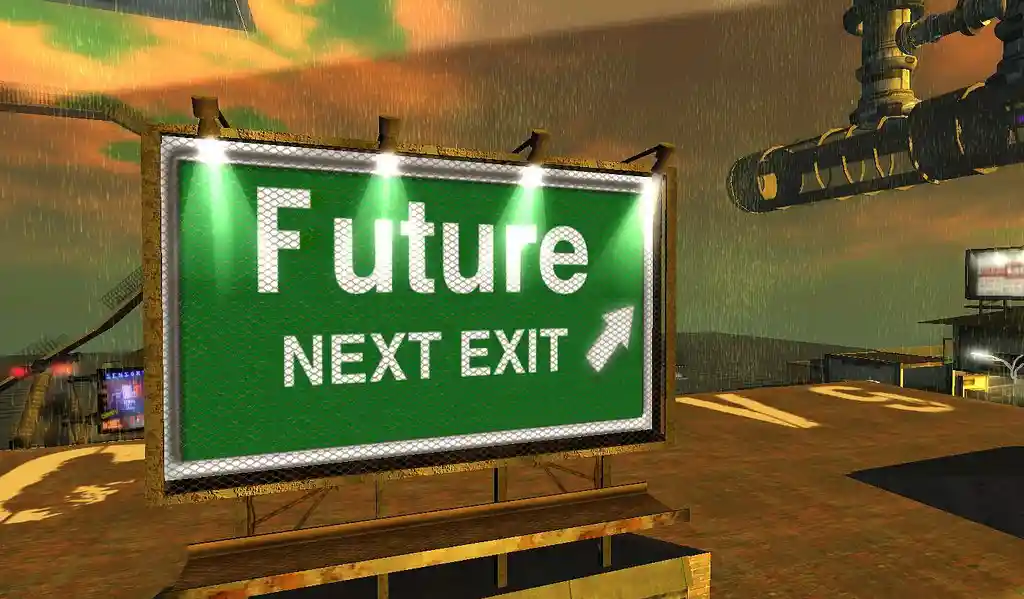Technology, Economics and Survival
Technology, Economics and Survival

Having for both better and worse, opportunistically chosen a career in technology for 20+ years and being self taught throughout my career, I've had the good fortune to learn through trial and tribulation that a career in technology isn't about the technology. Sure a technology career starts out about the technology, but as you grow in your career, take on more diverse leadership roles and ultimately own the technology, you quickly realize that it's really about economics and survival of the business.

As Sojka, Bjorneberg & Entry (2002) detailed “Some anthropologists and historians point to the development of irrigation as the catalyst for the interaction of engineering, organizational, political and related creative or entrepreneurial skills and activities which produced the outcome referred to as "civilization"” (p. 745). It’s this engineering that lead to the development of technology to create a foundation for civilizations, businesses and economies can trace their roots all the way back to 6000 BC with the first uses of those irrigation systems in Egypt and Mesopotamia.
If we fast forward 8000 years, the digital business is the most modern representation using technology to drive innovation and change. As businesses struggle, especially within free capital market economies to produce compelling products, goods and services for consumers, the fierce competition in these open markets, forces businesses to innovate and differentiate from their competition (technically Monopolistic Competition). These external, environmental stressors are powerful economic stimuli and how a business reacts to those stimuli can be crucial to its survival.
Peter F. Drucker, who is notably viewed in many circles as the father of modern day economic theory, postulated and first published over 40 years ago in his book Technology, Management and Society, insights and concepts, that concisely explain how businesses within an economy respond to those stimuli. According to Drucker (2011) “in the business enterprise we have an institution that is designed to create change.” He goes on to detail “this means that not only business must be able to adapt to change”, but “It means that every business, to survive, must strive to innovate.” (p. 133). This persistent need to innovate and change or risk digital disruption is at the heart of the use of technology to drive innovation.
Although the need to innovate is clearly not a new business challenge, the pace and velocity of innovation is accelerating as a result of digital technologies. This shift of the innovation curve is overtly apparent to today’s business executives. A survey from executive search firm Odgers Berndtson and Forrester Research, of 1000 global executives, forecasts, Odgers (2016, January), “Half of Global Revenues” are “at Risk Due to Massive Shift to Digital Products and Services by 2020” and “with 46 percent of survey respondents estimating that more than half of their sales will depend on digital within five years.”

In modern business, digital technologies such as social networking, mobile computing, analytics, big data and cloud computing have become the building blocks of today’s corporate innovation. Looking forward and coming out of corporate innovation labs and agile product delivery teams, will be digital technologies that leverage artificial intelligence (AI) via machine learning, drones and robotics, auto-piloted vehicles and a connected web of sensors and devices creating an Internet of Things (IoT) that’s able to measure, monitor and inform every aspect of our businesses and lives.
These new tools will be used to create highly personalized, almost maniacally consumer focused products, services and experiences, which the majority of times, will be delivered via mobile technologies. Businesses will be created, live and/or will die based upon which businesses can execute, iterate and deliver those new products, services and experiences, faster and cheaper.
It’s with this framing that technology, especially digital technology simply becomes what the business is and all businesses become technology companies, whether they recognize it, believe it, ignore it or embrace it. So as digital technologies evolve to transform businesses into truly digital companies, the underlying technology becomes table stakes and the focus is on delivering digital products and services, which should have a profound impact on all aspects of civilization.
References
R.E. Sojka, D.L. Bjorneberg, J.A. Entry (2002). Encyclopedia of Soil Science (1st Edition)(Ed.). p. 745. Idaho USA: Marcel Dekker, Inc.
Drucker, Peter F. (2011) Technology, Management and Society. (Ed.) p. 133. New York, NY: Routledge.
Odgers, B. (2016, January). Executives Predict Half of Global Revenues at Risk Due to Massive Shift to Digital Products and Services by 2020; Less than One-in-Five Companies Have the Right Talent to Make the Transition. Business Wire (English). (Permalink): http://www.odgersberndtson.com/en/the-state-of-digital-business-report/
© 2022 Mesh Digital LLC, ALL RIGHTS RESERVED
